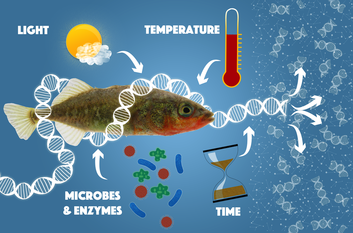 This summer I had the awesome opportunity to go to Wales to attend an Environmental DNA (eDNA) conference and workshop at Bangor University. To be honest, I had no idea what eDNA was, why anyone should care, or even why I was going before I started my program (but I was going first class so did it even matter?). But I am really glad I did because eDNA is one of the most exciting new scientific method for studying biology and the environment and I hope to use it during my PhD. So what is eDNA? What is that Jay? Well eDNA is officially any piece of DNA that can be amplified directly from the environment, essentially water, air, soil, ice, and blood counts too for some reason. Apparently when organisms move around through the water or soil they leave behind hundreds of cells (maybe free pieces of DNA?), which end up being free floating in the environment (next time I swallow sea water I will be reminded of all the lovely pieces of eDNA and Enterococcus I am eating). Scientists can the extract the DNA from these free floating cells collected from the environment, just like they would any other animal. What makes this so revolutionary, is that now a scientist walk into a river or stream with a glorified bucket, extract, amplify, and sequence the DNA and boom (after lots of hours of bioinformatics work): we know which animals, microbes, plants, you name it are living in there. Of course we need to already have DNA sequences of all the organisms that do live there, and we have to do a lot more testing to figure out how long eDNA can last in the environment and how much eDNA comes off of different organisms, but the potential for eDNA to revolutionize ecology and environmental science is there and the technology to do this is only going to get better and better (unless of course we get a Walking Dead Scenario or El Niño washes California away). Current methods for surveying biodiversity are fun. But they are REALLY time intensive, and expensive, and they require a ton of taxonomic expertise, and they are hard to repeat. eDNA offers a rapid and affordable method for evaluating biodiversity. (Currently it costs about ~$200 an eDNA sample, but as sequencing technology becomes cheaper and cheaper, this price is only going to go down) Thus eDNA is an especially important method for looking at marine and aquatic ecosystems, because now we have the tools to rapidly and affordably survey the entire biodiversity of an area. Now we can relatively easily compare marine biodiversity of dozens if not hundreds of sites to look at patterns of biodiversity and what forces shape them, which has been a long time interest of my lab. And for me personally, I think that the greatest potential for this technique is to observe how human impacts are causing changes in marine biodiversity and ecosystem function. With eDNA, I hope to investigate the synergistic effects of global (ocean acidification and climate change) and local (overfishing, habitat degradation, pollution) human impacts on marine ecosystems. We know quite a bit how overfishing can wreck an ecosystem, that ocean acidification is threatening to make large parts of the ocean uninhabitable for calcifying organisms, and that nutrient runoff from over-fertilized farms and sewage treatment plants can lead to massive coastal dead zones. But what happens when you add all three into the pot? (My guess is that is isn't good). Still, this is incredibly important information that coastal managers need to know to protect our marine ecosystems into the future. So eDNA looks like the metagenomic tool that marine biologists have been looking for. I hope to use eDNA to rapidly assess fish and microbe biodiversity of the Channel Islands and Santa Monica Bay during and after this Chuck Niño to look at how marine protected area design affects ecosystem resilience and what California's marine ecosystems might look like under further climate change (Yellow bellied sea snakes?!?). Plus it's potentially an amazing opportunity for citizen science as almost anyone can collect a bucket of seawater. And one day in the distant future little robots might swim the seas, collecting eDNA and sequencing it, pinging back the entire biodiversity of the ocean every couple of hours. Then we can finally find where the Grunion go and where the giant squid like to party. I can't wait.
1 Comment
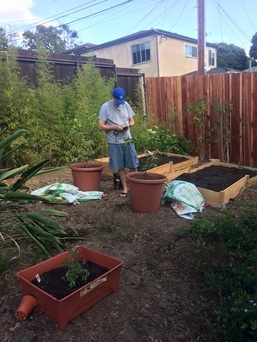 After observing the desiccated drought stricken weed patch that was my backyard and naively thinking I knew something about farming because I read the Martian and lived with a farm scientist for two years, I decided to plant a garden. If you need advice on how not to do a garden, then you should follow exactly what I did. After a lovely and always confusing trip to homedepot my dad and I bought two raised garden beds and some soil and a turntable composter. So as a scientist who thought he knew what he was doing, I purchased the exact volume of soil needed to fit the beds. Except that's not how soil works apparently. It squishes. It compacts. And after dumping the 50 pounds of glorified organic dirt (with BAT GUANO!), the beds were barely half full. So back to the The Compost on the other hand... I like bugs. I think they are awesome. I am all about spiders and praying manti and who doesn't like butterflies? But there are a few insects who I would be ok with if they went extinct. Mosquitos are one. And the other are but now were fruit flies. So after deciding to science the shit out of this organic composter, I began to notice maggots, sorry I mean baby flies (hard to be PC). At first there were a couple and I thought that in this oppressive heat, they would be baked alive, a well deserving end for them. But they didn't. They just kept coming like an episode of Walking Dead. And despite the 100 degree weather in SANTA MONiCA! (yes if we go 5 degrees above or below 75 our bodies shut down entirely) But the baby flies did not care. And clearly my composter clearly was not reaching doing what I thought it was supposed to do. But after some research (garden bloggers are a weird cult) it turns out that those bastard maggots were little black soldier flies larvae (Hermetia illucens) that were churning out compost like nobodies business. So despite my expert farm advice from some friends/dorks at Stanford (go figure), the seething mass of loveliness is actually exactly what I want. Now actually handling the compost and putting it on plants is not what I want. Ever. It is a fate as bad as wielding the mung knife at S@S. I have nightmares just thinking about it. So I short, this marine biologist is starting a slow, hopefully environmentally friendly, conquest of the terrestrial biome. The urban Gardner brigade won't know what hit them. Forget the Godzilla El Niño, 2015 is about to be remembered for a full blown Chuck Niño. Those Californians who prayed to the weathers gods for this El Niño are about to be real sorry. The NOAA heat map of temperature anomalies across the Pacific and Atlantic are a deep deep red, and that is a terrible sign for our oceans. The last time the Pacific looked like this, we lost over 15% of coral cover globally.
If this sounds terrifying, it's because it is. This is more frightening than having to watch every Dane Cook stand up routine in a row. In the map above you can see Hawaii is bathing in the disturbing blob of maroon"Alert Level 2" waters, which signifies that coral mortality is likely, and it's ONLY OCTOBER. NOAA expects these temperatures to last at least another 4 months. Corals are tough though, they can rebound from minor bleaching events by change symbiont types to more heat tolerant ones and they can even acclimatize to higher temperatures. And some really tough corals have even evolved to handle increased bleaching stress like the ones I studied in American Samoa. But the vast majority of corals cannot withstand the repeated roundhouse kicks to the face of Chuck Niño's fiery water temperatures we are seeing across the Pacific and Atlantic. Recently NOAA and other scientists reported bleaching from Keys to 40 miles north of Miami at alarmingly high rates. Some reefs have even lost 50% coral cover. 2015 is shaping up to be remembered as one of the worst bleaching events in recorded history. Chuck Niño 2015 is giving us a taste of full blown climate change. Let's hope he grants corals some mercy. Every family has its traditions, and for my family, all of our traditions are centered around food. Birthdays, holidays, and get togethers in the Gold family always mean one thing: good food. And this love of food did not pass me. In high school my buddies and I had a mission to eat at every Korean bbq restaurant in LA, and by the end of it, we probably ate our own body weight in bulgogi.
So how did a carnivorous foodie like me, all of the sudden give up meat and become a vegetarian for the past two years? Well if there is anything I love more than food, it’s the ocean. Scuba diving, surfing, studying marine biology; my whole life is centered around the oceans. So when I discovered that my late night Inn n out runs were leading to the loss of coral reefs, creation of dead zones in all the world oceans, and threatening public health and fisheries around the world, I found myself in the midst of a midlife crisis at the age of 18. So like any teenager with a smart phone, the first thing I did was google it. And the numbers didn’t lie. I found out that it takes 1800 gallons of water to produce a pound of beef, while apples only take 80. That’s thousands of gallons that had to be diverted from rivers and estuaries that fish like salmon and steelhead need to spawn. And in a drought year like this where every drop counts, how can these fish and the people that depend on them afford to lose this water? And worse, I learned that our over-use of fertilizers to feed our livestock have lead to massive amounts of nutrients entering into our rivers and oceans. These nutrients fuel enormous algae blooms that eventually decompose, sucking all the oxygen out the water, creating dead zones where there is so little oxygen fish can’t breathe. And this isn’t an isolated event. There are over 400 permanent dead zones around the world because of nutrient runoff from poor agricultural practices and farming animals. The Largest dead zone in the US is at the mouth of the Mississippi River, which causes over $10 billion dollars in damages to fisheries and tourism a year. By this point I was regretting the sausage pizza I had just eaten before reading all of this. But it didn’t stop there. I found out that beef has 13 times higher carbon emissions per pound than vegetables do, let alone the fact that meat production is the world’s leading methane emitter, a green house gas 21 times more potent than CO2. I had no idea that my eating habits were directly supporting the largest green house gas emitting industry in the world, more than all of the worlds transportation emissions combined. To say the least, I was shocked to find out that every meal I ate was increasing global temperatures, acidifying the ocean, and raising sea levels. I had no idea that I was threatening the very existence of coral reefs. An ecosystem that serves as a nursery for a quarter of all fish species, an ecosystem that generates tens of billions of dollars in tourism revenues, and an ecosystem that provides a billion people their only source of protein. To me the choice was simple. How I ate, breakfast, lunch and dinner, was polluting the places I love most in the world, and I could not let that happen. Fortunately for the planet and for me, this is a problem that I can actually do something about, three times a day. I can trade a burger for tofu curry, or tacos for a Greek salad, while better protecting public health and ocean ecosystems. And I didn’t even have to sacrifice that much, I can still eat Sprinkles cupcakes. To me it’s a no brainer that we need to fix the way eat so that we can live in a sustainable world that protects the oceans and all of us who depend on it for food, fun, and the air we breath. I’m not asking you to stop eating meat, though your doctor and planet would greatly appreciate it, but I am asking you to think about your food choices and to spread the word so that we can start to make the world a better place, one meal at a time. That’s what I did, and now 20 of my friends are vegetarian because of it. Today my family doesn’t eat beef or pork. And our family reunions have as great of food as ever while protecting the oceans and the places we love. |
AuthorZack Gold Archives
June 2019
Categories |
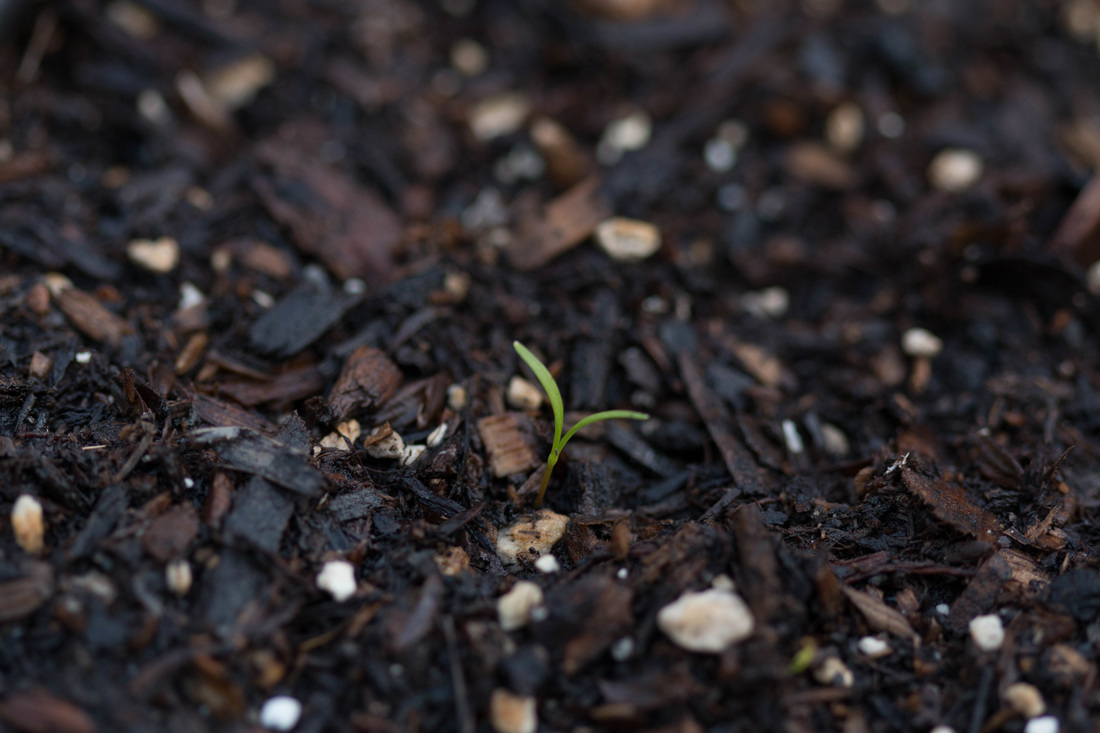
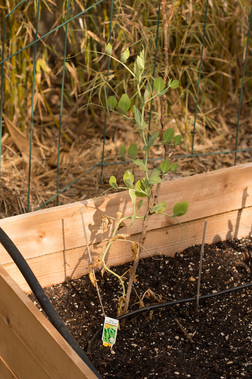
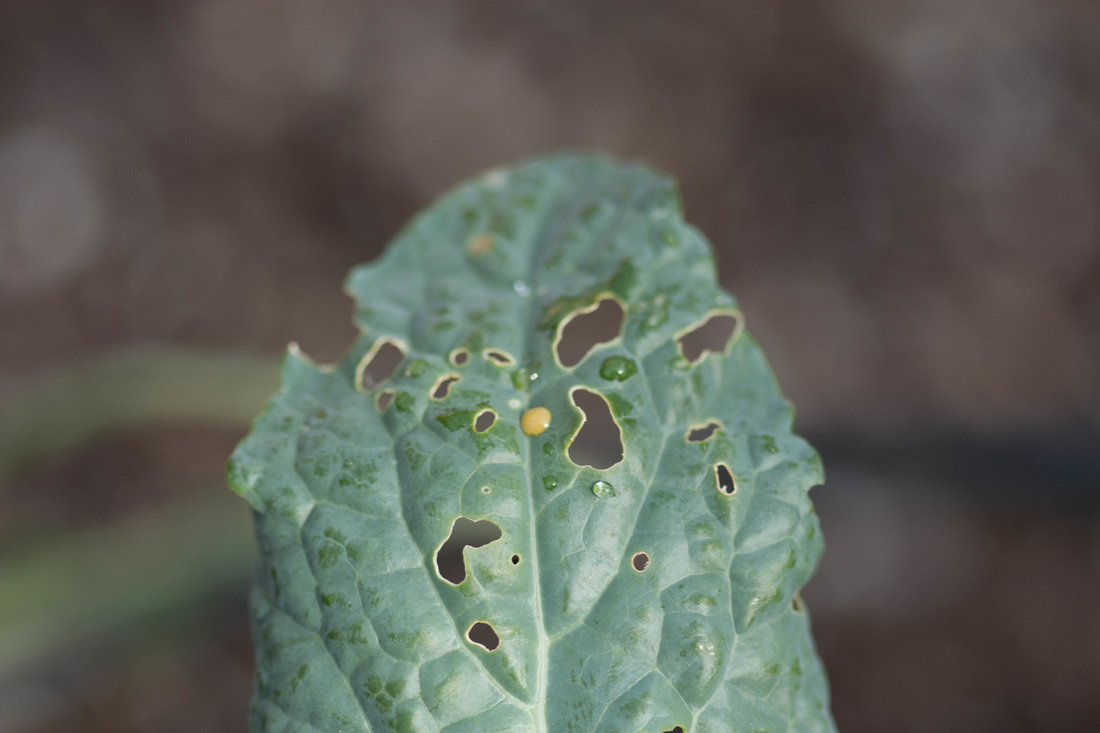
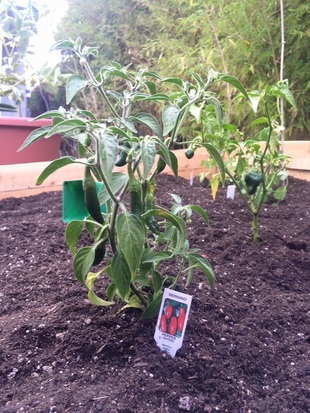
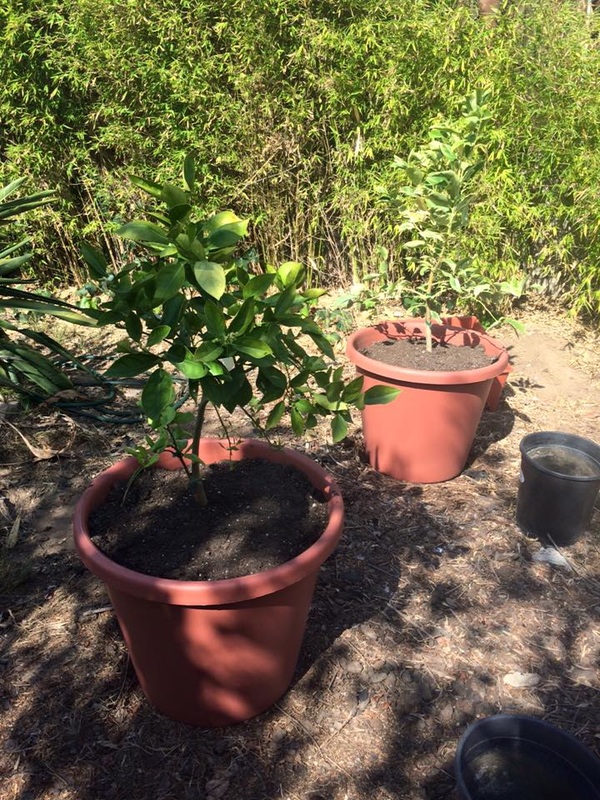
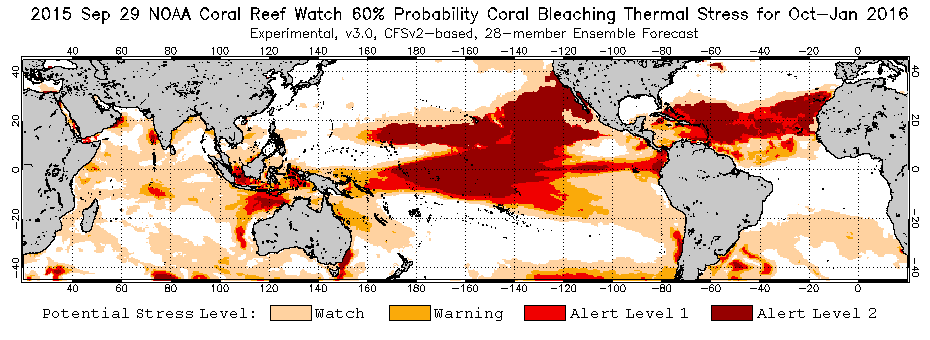
 RSS Feed
RSS Feed